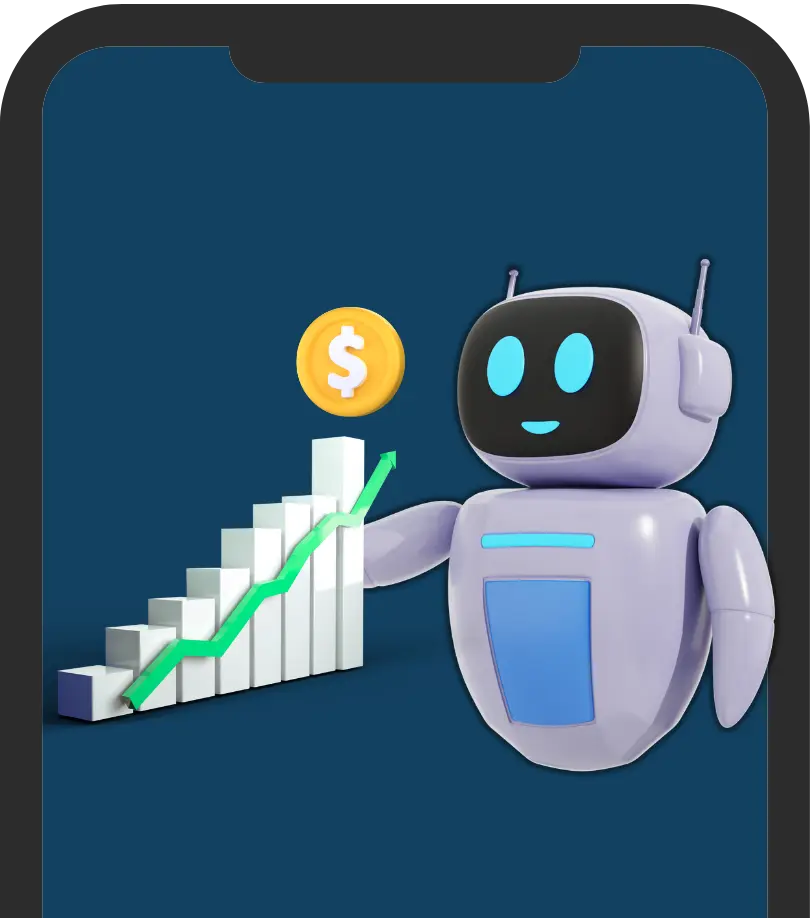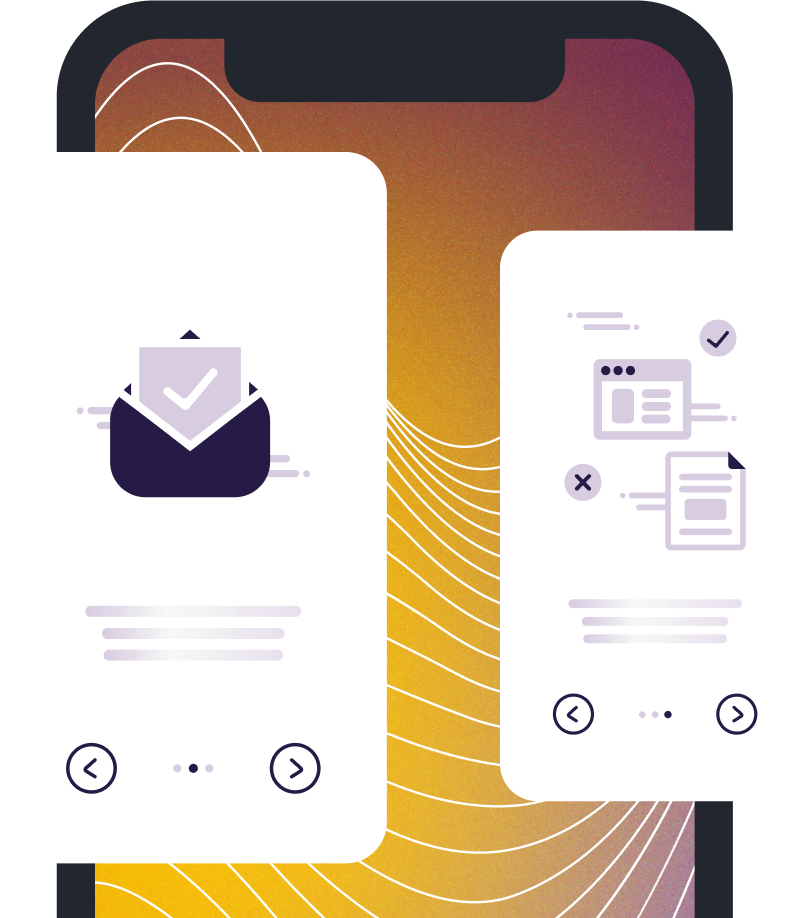Building a chatbot is only half the battle. The other half is ensuring it works. A chatbot that fails to comprehend questions, provides incorrect answers, or crashes during a chat can ruin your customer’s experience and ruin your brand. That’s why testing your chatbot before launching it is necessary.
In this blog, we will explain you how to test a chatbot in a step-by-step manner. It doesn’t matter if you are a business owner, a developer, or a marketer; this blog will help you test your chatbot in simple and easy-to-follow steps:
Why Testing a Chatbot Matters
Picture yourself going to a store and seeking assistance, only to be met with unclear or incorrect information by the staff. You’d likely turn and leave. That’s how users feel when a chatbot fails.
Here’s what good chatbot testing enables you to do:
- Ensure users receive correct and useful responses
- Prevent dead-end links or non-productive conversations
- Enhance user experience and satisfaction
- Catch mistakes before they’re seen by customers
- Save time and expense by solving problems early
Now, let us proceed with the process of testing a chatbot adequately.
Step 1: Define Your Testing Objectives
Prior to testing, determine what precisely you wish to test. Ask yourself:
- Is the chatbot required to respond with correct FAQs?
- Should it capture user information such as emails or phone numbers?
- Should it drive people to a specific service or page?
List all the objectives. You will use this list as a guide for testing and keeping yourself in line.
Step 2: Build a Test Checklist
Build a checklist from your objectives. Your checklist may be:
- Is the chatbot greeting users appropriately?
- Can it answer at least 90% of anticipated questions?
- Do all the links and buttons function?
- Is it nice and on-brand in tone?
- Are users able to simply end the conversation?
A checklist helps keep your testing tidy and makes sure you don’t forget anything.
Step 3: Test Obvious Questions First
Begin by filling in the most obvious questions your customers naturally ask. These are:
- “What are your working hours?”
- “Where is your shop?”
- “How do I return an item?”
- “Can I talk to a human?”
Don’t you notice how the chatbot responds to each? The responses must be correct, concise, and informative. If the response of any answer is not clear, correct it in the chatbot settings.
Step 4: Test Infrequent and Advanced Questions
Not all users question alike. Some question in slang, typo, or long queries. Try these inputs too. For example:
- “How late r u open?”
- “I want to know refund process plz”
- “Heyyy, is someone there???”
Your bot should either provide a helpful response or simply say it does not understand and provide assistance. This makes your bot more human and helpful.
Step 5: Walk Through Each Chat Flow
Your chatbot probably has different conversation paths (also called “flows”). For example:
- An appointment booking flow
- A product inquiry flow
- A customer service chat flow
Walk every path from beginning to end. Ensure all buttons are working, all questions are logical, and dead ends do not exist. Replace any broken fragments right away.
Step 6: Test It on Multiple Devices
Do not test your chatbot on one device only. Open it up on:
- Mobile phones (iPhone and Android)
- Tablets
- Desktop computers
Ensure that it appears fine and functions nicely on every one of them. Occasionally, buttons are tiny, or text gets clipped on smaller screens. Mobile-friendly bots create improved customer interactions.
Step 7: Check Response Time
Speed is critical. If your chatbot responds too slowly, users will abandon it. Every message needs to appear in 1–2 seconds. If your bot employs delays (so that it reads more naturally), aim to have them fairly quick.
For instance, short answers can be displayed instantly. Larger answers can have a small delay while typing (such as “.” for 1 second) so that it seems like human typing.
Step 8: Integration Testing with Other Tools
If your chatbot is integrated with other tools — such as your CRM, appointment booker, or payment processor — test the integrations. For instance:
- Do users become capable of booking an appointment using the chatbot?
- Does it grab and forward via emails to your CRM?
- Does it capture orders from your website or store?
Ensure all steps operate smoothly and don’t crash half-way.
Step 9: Test Failures and Errors
Don’t only test when it works — test when it doesn’t.
- What if the user types gobbledygook text?
- What if the user omits a step or clicks the wrong button?
- What if the internet connection is absent?
Your chatbot must always respond in a positive way — even when it doesn’t know. A plain message such as “Sorry, I didn’t catch that. Would you mind repeating that?” works really well at keeping people happy.
Step 10: Test It with Real People
Test it, then get others to test it. Bring your employees’ attention: ask them, friends, or a few loyal customers to test the chatbot and give feedback. They may see things you didn’t expect.
Ask your testing group these questions:
- Was the bot simple to use?
- Were you able to receive the answers you were seeking?
- Was there something confusing or frustrating you?
Adjust your chatbot according to their feedback before going live.
Step 11: Review Chat Logs
Nearly every chatbot platform saves history of chat. Browse through the logs of chat to discover:
- What are people asking
- Where they’re losing interest
- Which answers are useful or useless
These suggestions inform you about how people are engaging with the chatbot. If you notice a lot of unanswered questions or repeats, refresh your bot database with fresh answers.
Step 12: Test Continuously After Release
Testing doesn’t end once your chatbot is live. User habits evolve, business metrics get changed, and new questions arise. So you should:
- Regularly check your chatbot every week or month
- Refine responses whenever and wherever necessary
- Enhance flows as per emerging customer requirements
Chatbots improve over a period of time — if you keep on testing and refining them.

Bonus Tip: Use Testing Tools To Test a Chatbot
If you have integrations such as Dialogflow, Tidio, ManyChat, or in-house bots, you can generally utilize in-built test functionality. These allow you to simulate live chats and catch errors or sluggish replies.
You can also write test scripts — input and output pairings — and run through them again and again to ensure chatbot consistency.
Final Thoughts
Chatbot testing is time-consuming, but it is quite possibly the most important part of deploying a successful one. A well-tested chatbot satisfies customers, preserves support dollars, and builds trust in your brand.
Quick overview of what to do:
- Begin with your chatbot objectives and create a testing checklist
- Test typical, complex, and random inputs
- Review chat flows, integrations, devices, and pace
- Get live users to give honest feedback
- Track performance and enhance over time continually
We don’t only create chatbots at Get AI Chatbots — we refine and test them for optimum performance. If you require assistance with testing or creating your chatbot, our professionals will guide you through each step of the process.


